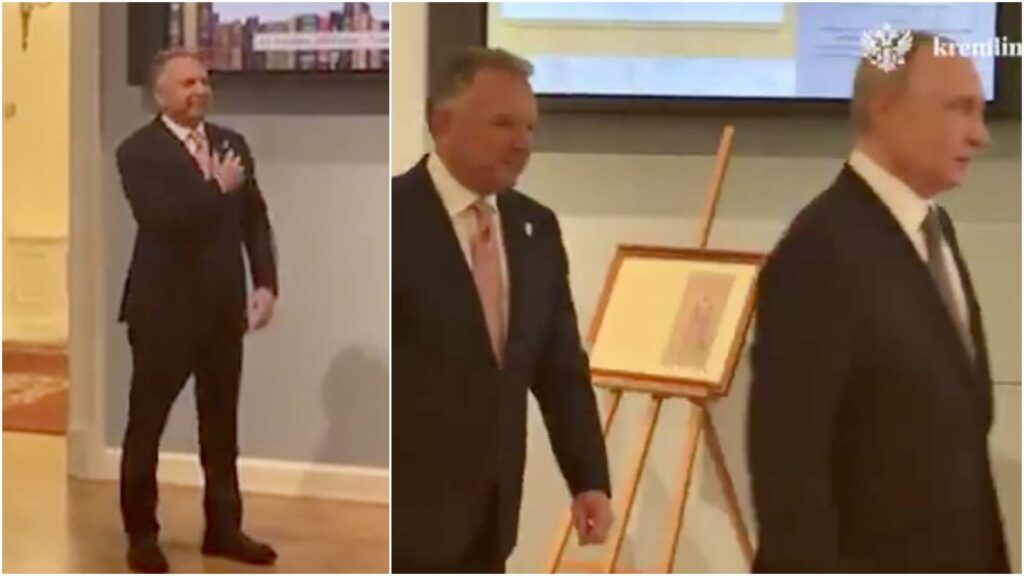On April 11, Donald Trump’s special envoy, Steve Witkoff, met with Russian President Vladimir Putin in St. Petersburg for over four hours. The meeting stirred controversy as Witkoff reportedly suggested that the quickest way to end the war in Ukraine would be to let Russia take control of four eastern Ukrainian regions Donetsk, Luhansk, Zaporizhzhia, and Kherson which Russia tried to illegally annex in 2022.
This idea didn’t sit well with many, including Trump’s own Ukraine envoy, General Keith Kellogg, who argued that Ukraine would never agree to just give up those areas. Witkoff had floated this same idea earlier in March during an interview with Tucker Carlson, where he echoed Russian propaganda about the regions and even failed to name them correctly. His remarks upset people within the U.S. government and among America’s allies.
While Witkoff was meeting with Putin, European defense leaders gathered in Brussels to show their ongoing support for Ukraine. They agreed on a huge $23.8 billion military aid package and made it clear that peace is still a distant hope as long as Russia keeps attacking. Germany’s defense minister, Boris Pistorius, said peace in Ukraine seems “out of reach” right now, while British Defense Secretary John Healey called out Putin for saying he wants peace while continuing to escalate the war.
Trump himself expressed frustration on his Truth Social account, saying too many people are dying in what he called a “terrible and senseless war” that would have never happened if he had been in charge earlier.
Meanwhile, some diplomats have criticized the Trump administration for lacking a clear, consistent strategy when it comes to Ukraine. According to reports, officials in Washington have been receiving mixed messages, adding to the confusion.
Ukrainian President Volodymyr Zelenskyy responded by reminding everyone that Russia is the sole cause of this war. He insisted that without strength and unity against Russia, there won’t be any meaningful or realistic peace talks.
